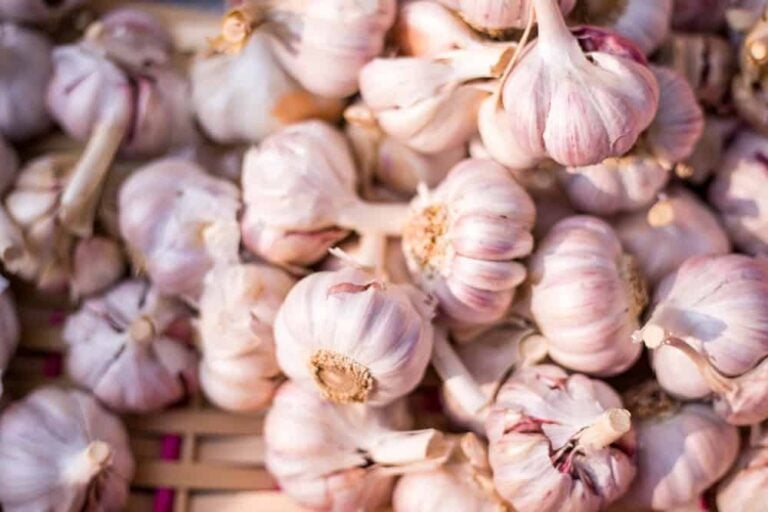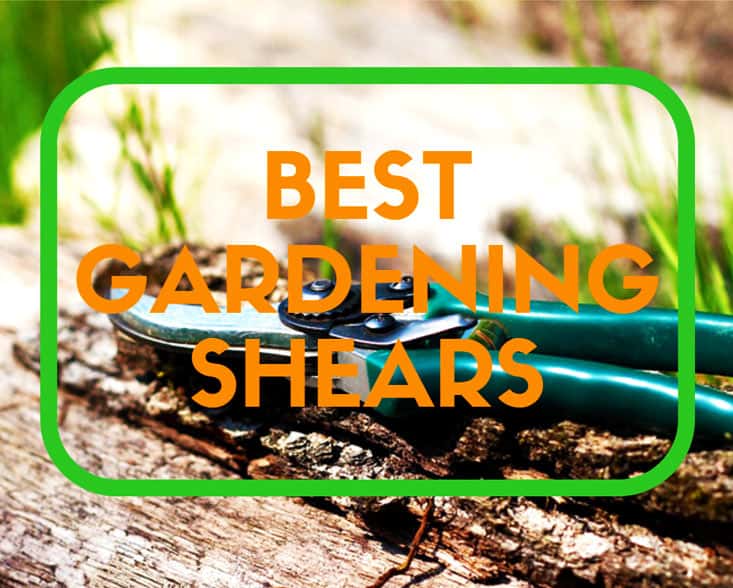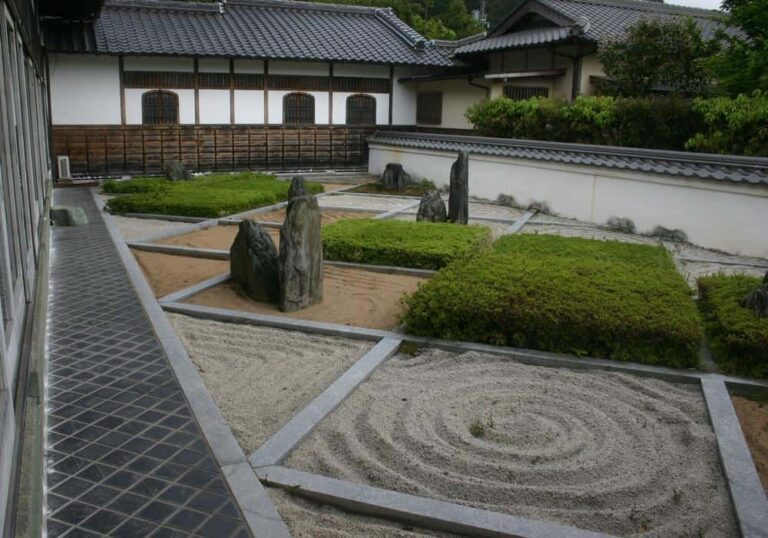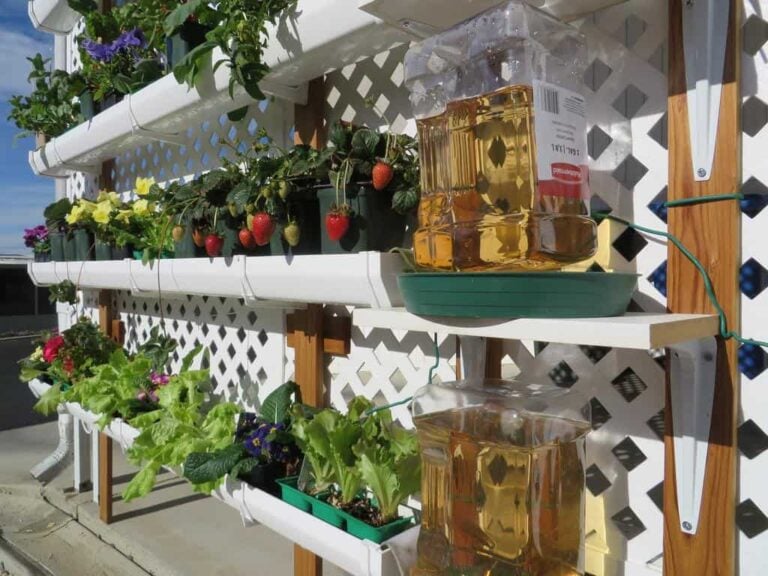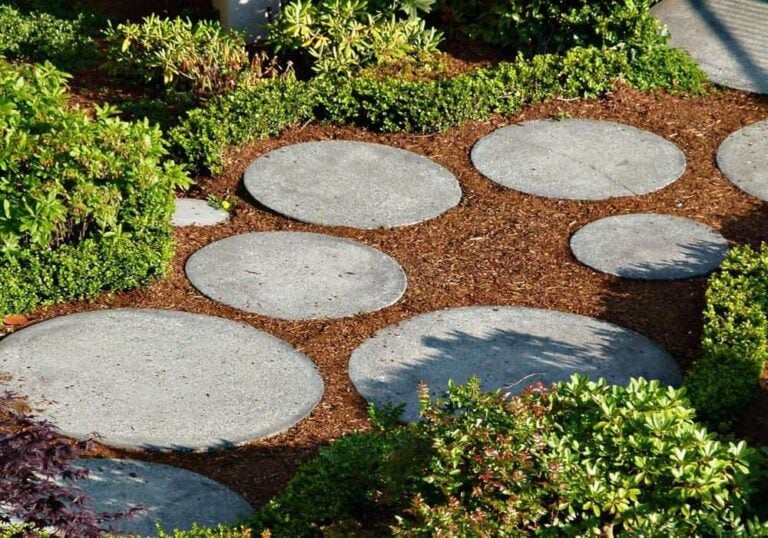How to Plant Onions for Maximum Yield
You can plant onions from seed, sets or seedlings in a sunny part of your garden that has well-fertilized, sandy soil. Planting onion seeds usually provides the best results, as seeds are more disease resistant. The type of onion you can plant and when you plant them depends where you live. If you’re in the north, plant long-day varieties starting in the early spring. Gardeners in the south should plant short-day varieties in the fall, for an early spring harvest.
Choosing the Type of Onion
You have a lot of choices when it comes to the type of onion you plant. You not only get to choose whether you want to grow red onions, white onions or yellow onions, you also get to choose the form to plant.
Onion Seeds, Sets or Seedlings
You can plant onion seeds, onion sets or onion seedlings. Onion sets are simply slightly developed onion bulbs, while onion seedlings are small plants.
There are a number of benefits to planting onions from seed, rather than from sets or transplants (seedlings). You’re likely to find more varieties of onion available in seed form.
Planting onions from seed also helps the plants become more established and better able to resist bacteria and disease. According to Rodale’s Organic Life, onion seedlings are the most prone to diseases. Onion sets are less susceptible to disease, but also more likely produce flowers, or bolt early in the season.
Long or Short Season Onions
Another thing to consider when choosing which type of onion to plant is whether the onion is a long-season or short-season variety, also known as long day or short day. Although you can harvest some onions early to use the greens, the goal is usually to your onions produce a large bulb.
When and how a onion produces a bulb depends on whether it’s a short day or long day variety. Long day varieties need at least 14 hours of daylight to produce a bulb, according to Bonnie Plants. Short day varieties need just 10 hours of light per day. A third variety, known as day neutral, need about 12 hours of daylight to produce a bulb.
Where you live determines which type of onion will do well in your garden. Some parts of the country, such as states below North Carolina, Oklahoma and Arizona, don’t have days that are long enough to successfully grow long day onions, according to the National Gardening Association.
Long day (or long season) onions usually do best in more northern areas, where there is enough daylight in the summer time. If you live in the south, below 35 degrees latitude, you’ll want to plant short day or day neutral onions.
When to Plant Onions
Your location also determines when the best time to plant onions is. If you’re in the southern part of the US, or in a USDA zone 7 or higher, you’ll want to plant short day onions in the fall.
Short day onions planted in the fall grow through the winter. They are ready to harvest in the spring.
If you’re in the northern part of the US, or in USDA zone 6 or lower, you’ll want to plant your long day onions in the early spring. When you plant the onions in the spring depends on what you are starting from.
If you’re starting from seed, plant the seeds indoors about a month before the last frost date in your area. According to the Old Farmer’s Almanac, it’s important to plant fresh seeds each season, as onion seeds have a short shelf life. Buy new seeds each year before planting, don’t try to use seeds left over from previous seasons.
You can plant onion sets out in your garden two weeks or so before the last frost in your area. Onion transplants or seedlings can also be planted in the garden a couple of weeks before your area’s last frost date. If you’re unsure when the last frost in your area will be, Bonnie Plants offers a helpful map that gives you a best estimate.
Planting the Onions
Onions will do better in some types of growing conditions compared to others. The plants thrive in full sun, choose an area in your garden that gets at least six hours of sunlight each day. The soil in your garden will determine whether you end up with plump, tasty onion bulbs or not.
Preparing the Soil
Before you plant onions, it’s a good idea to add lots of compost to the garden soil, so that the plants get enough nutrition when growing. You can also add a time-release fertilizer to the soil before you plant, according to Bonnie.
It’s also a good idea to plant your onions in loose, sandy soil, rather than compact, clay soil. The plants prefer a slightly neutral soil, too, with a pH between 6.0 and 6.8.
Planting Onions
The video from Utah State University walks you through the process of planting onion sets or transplants. If you are planting onion from seeds, you’ll start the seeds indoors, in small pots. When you move the plants outside, the planting process is the same as it is for planting sets or transplants.
You’ll want to make sure you give each onion enough room to grow in the garden. Plant the seedlings or sets about 6 inches away from each other. If you’re planting multiple rows, the rows should be at least a foot apart.
Since onions need plenty of moisture to produce a sweet bulb, you’ll want to water the soil before planting, especially if it is very dry. Plant the sets or seedlings about an inch deep in the ground, making sure you fully cover the small bulb or roots with soil. If your onion seedlings are very tall, cut them back to just a few inches tall after planting.
After you’ve planted the onions, make sure they get enough water. The plants usually need about an inch of water weekly. Adding a layer of mulch to the soil will help conserve moisture and reduce the number of weeds that pop up around your onions.
Photo by Alan Levine licensed under CC BY 2.0.

